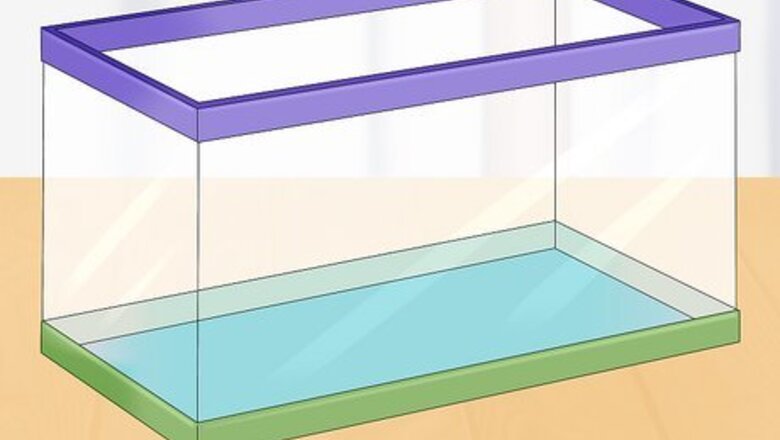
views
Setting up The Mating Tank
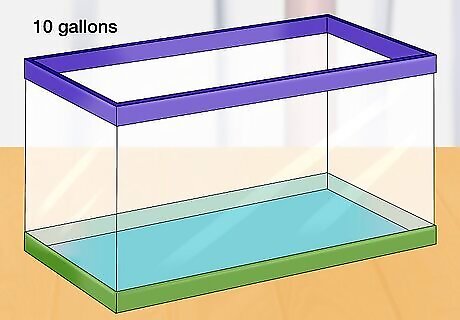
Set up a ten-gallon tank for mating. Although it is very difficult to breed hermit crabs in captivity, you can possibly do it in an indoor saltwater tank. In addition to the tank where you currently keep your hermit crabs, you can set up a separate tank that is devoted to mating. The minimum tank size is ten gallons.
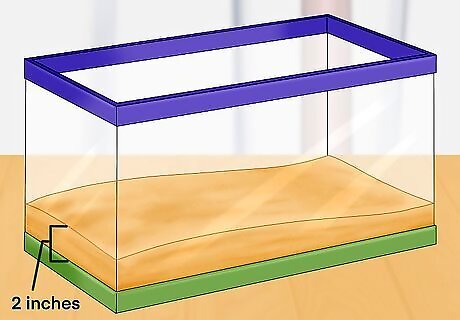
Simulate a beach by adding two inches of sand. You’ll need to recreate the natural conditions for mating, which includes a beach and sea in your ten-gallon tank. At the bottom of your tank, add two inches of sand.
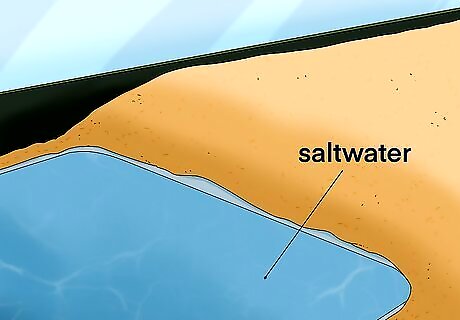
Make an ocean area by adding a saltwater container. Since the Mother crab will need to deposit her eggs in the sea, you’ll need to recreate a little ocean in the tank. Add a saltwater container in a low area of the tank. It should contain a mix of de-chlorinated water and an aquarium salt mix. Don’t use regular table salt for the saltwater container.
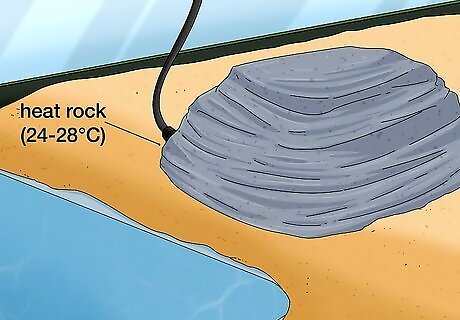
Keep the temperature in the ideal range. Add a heat rock to maintain a temperature of between 24 and 28 Celsius (75-82 Fahrenheit). You should also locate the tank away from direct sunlight and drafts, since you want to maintain a consistent temperature during the mating process. The water in the tank should be between 72 and 80 degrees Fahrenheit (22-26 Celsius).
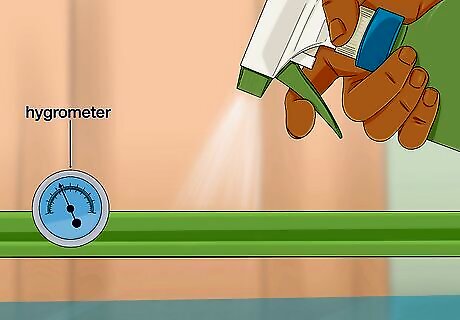
Maintain 70% humidity with a garden sprayer. Because hermit crabs are very sensitive to humidity levels, you’ll want to maintain adequate levels of humidity throughout the breeding process. You can use a garden sprayer to mist the tank. You should also keep the sand substrate moist. Use a hygrometer to measure humidity levels.

Create a relaxing atmosphere by adding nice scenery. You’ll need to create a relaxing atmosphere to get your hermit crabs into the mating mood! For instance, you could add some nice scenery to your mating tank. Adding some branches and vines to the tank will give your crabs a place to hide and something to climb around. This touch of nature will help create the right atmosphere.
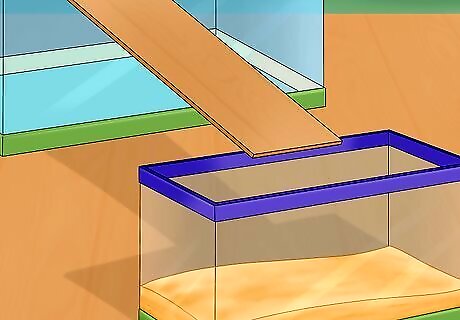
Make a ramp leading down from the saltwater tank to ten-gallon tank. You can make it easy for the hermit crabs to move back and forth between the two tanks by making a ramp. In this way, the hermit crabs can crawl between their home and mating tanks.
Mating The Crabs
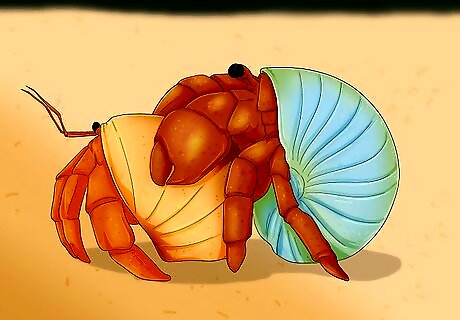
Breed hermit crabs in the spring or summer. In captivity, hermit crabs breed between February and August. They typically breed in June and July, so try breeding your hermit crabs in the spring or summer.
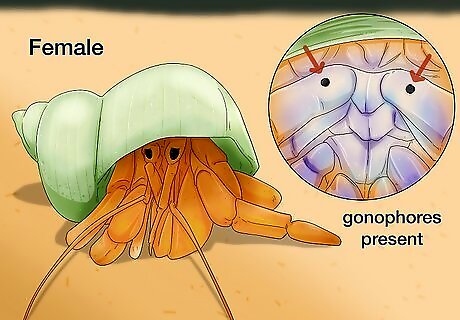
Find a mature female in your crabitat. Look in your main hermit crab tank or “crabitat” for a mature female, which should be medium sized. Wait until the hermit crab comes most of the way out of her shell before checking to see if you have the right sex. Inspect her body for genitalia called gonophores, which are located close to the abdomen on the back of her legs. You should see two tiny holes. If you can’t see the two tiny holes, it is a male.
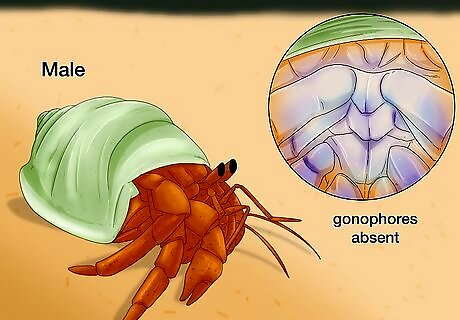
Pick a male from the crabitat. Pick a mature male crab from your main tank. You’ll need to wait for one of them to crawl out of its shell. At this time, you can inspect its body for genitalia called gonophores. If you can’t see two tiny holes at the back of the body, you have a male.
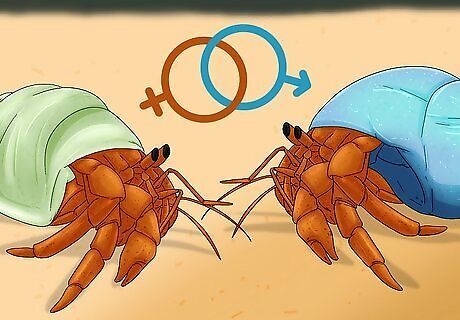
Place the crabs together. Put the two crabs in your newly created enclosure. If they don't mate, try a different combination of crabs. Be aware that it is very uncommon for breeding in captivity to actually happen, so don't be discouraged if nothing happens.
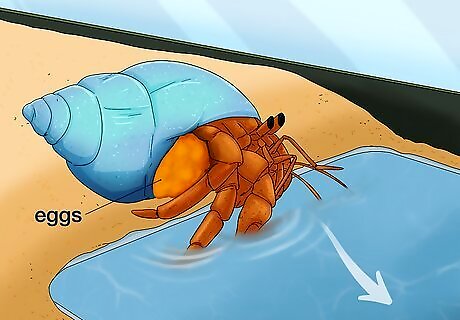
Wait for a month for the eggs to hatch. It takes one month for the hermit crab eggs to hatch. Let the mother put the eggs in the saltwater container. The eggs should hatch when they touch the water.
Raising the Larvae
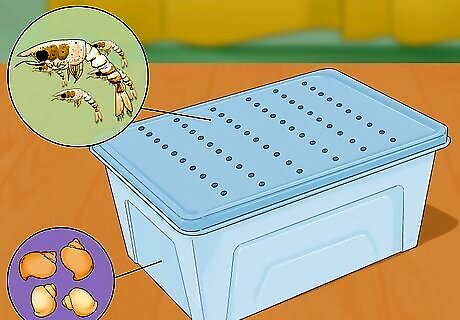
Use the cup method. Place the larvae in aerated cups. Put some small shells in the cups, which the larvae can use. Put the cups into a sand substrate. Feed the larvae brine shrimp and spirulina. You can feed them three drops of live plankton per day.
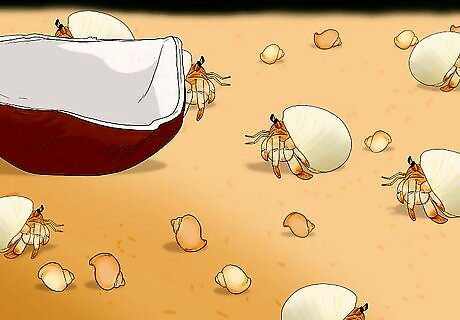
Put young hermit crabs in a transition tank. Your transition tank should be half beach and half marine water. Put in a couple of containers with salt and fresh water. Put a coconut in the tank, as well as some nice shells. Make sure the young hermit crabs have a ramp going from the sand to the water containers. Young hermit crabs like to eat their siblings. Use regular marine salt water for the transition tank. You can purchase it at most pet stores.
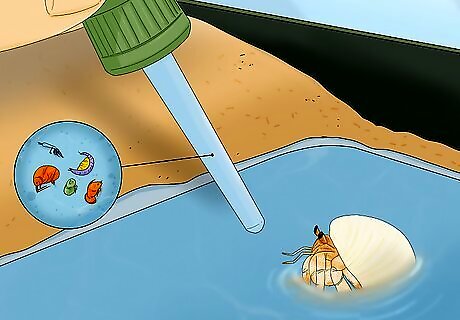
Feed young hermit crabs a high-protein diet. You can give them marine copepods, which are available at the pet store. You could also give them frozen krill, marine crayfish or shrimp granules and a couple drops of live plankton. For fourteen days, try feeding them a mixture of brine shrimp, marine infusoria, and powdered spirulina.

















Comments
0 comment